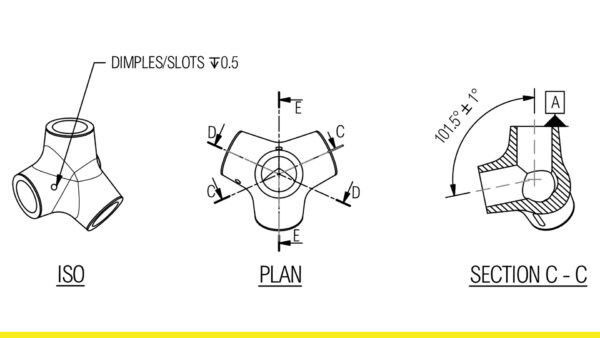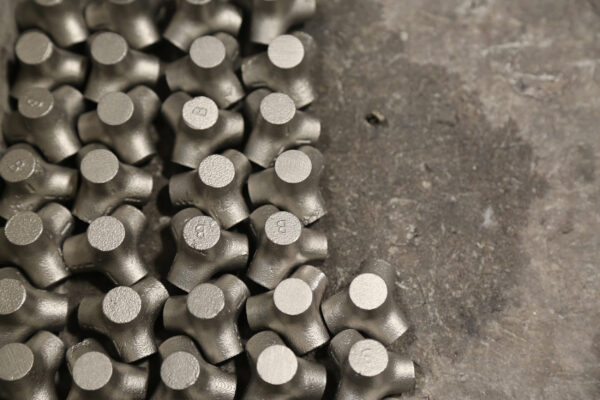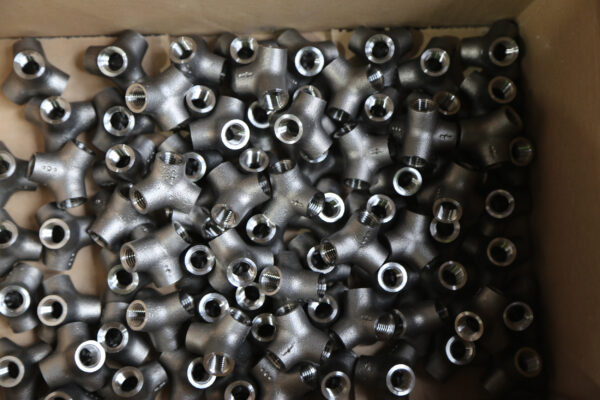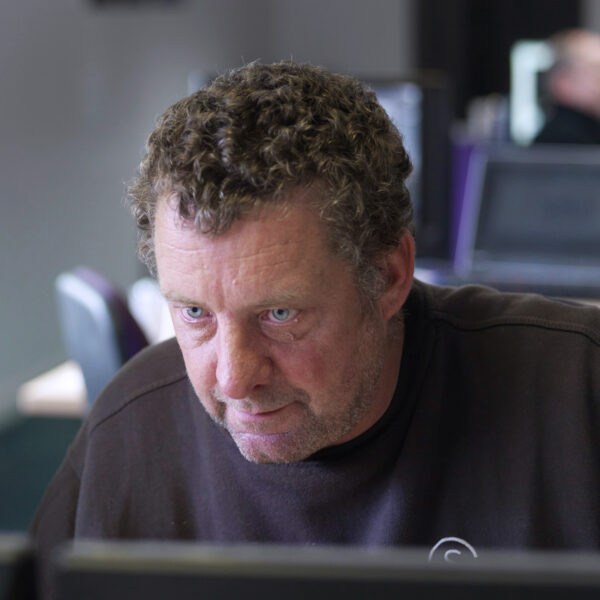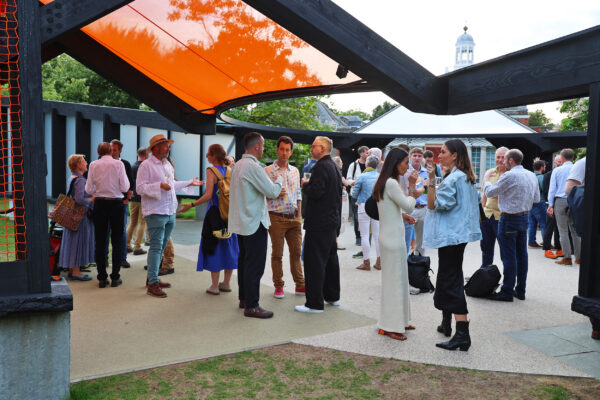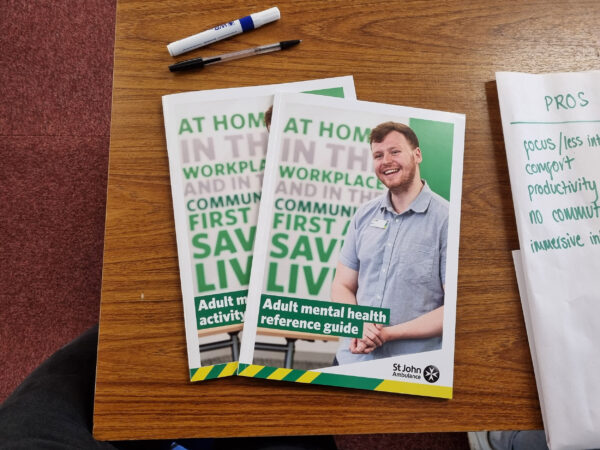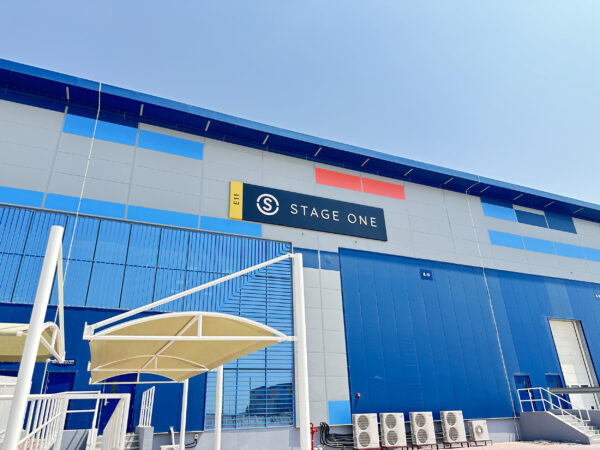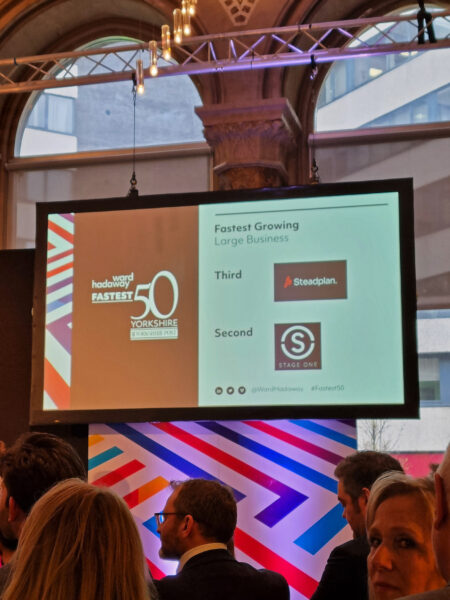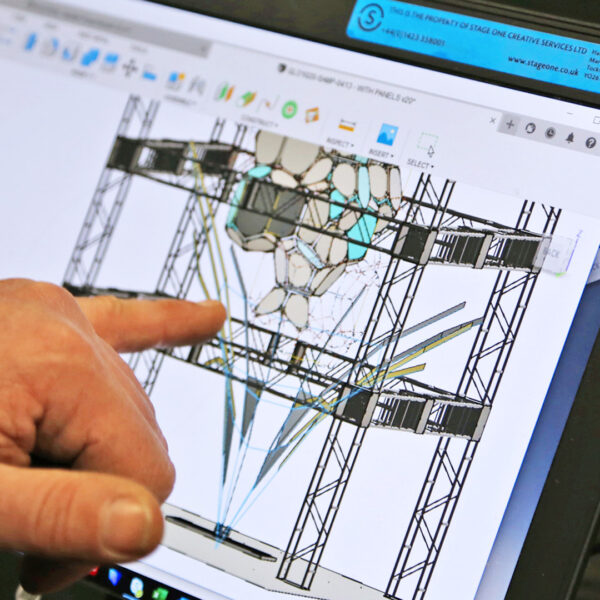
When we first encounter design concepts, they can land at any stage of the creative development process. Anything from a rough pencil sketch to a fully detailed technical drawing. Most designs fall somewhere in between.
The process of nurturing a design spans many sectors, each with its own approach and terminology. Terms like design development, design assist, design engineering, consultancy, and pre-contract services all reflect nuanced stages of this journey, but they’re often confused or conflated.
In our experience early-stage creative ideas are usually enticing but not fully formed; and that’s exactly how it should be.
Professional incubation of these ideas can be very helpful and here are some of the things that can be done to help clients on this journey.
Framing the Opportunity
Adding practical insight to a creative vision provides clarity and credibility. On its own, a stunning render isn’t enough. The vision needs to be realisable. In the era of AI-generated visuals, this has never been more important. We draw upon decades of experience of delivering these types of projects to inform our consultancy output.
Engineering Feasibility
A creative concept must obey the laws of physics, conform to standards, and deal with specific environmental conditions. Ensuring safe, reliable functionality in the installed location is always critical.
- 1/3
- 2/3
- 3/3
Buildability
Considering a manufacturing approach and understanding construction constraints is really useful when developing an idea. For example, a project that needs more material than exists in the supply chain is good to know early in the process. At a more modest, but no less important level, will the deliverables break down into components that will fit through the venue doors?
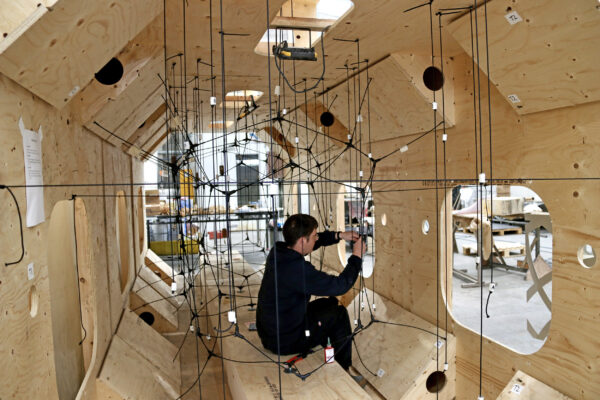
Cost Certainty
We’re good at determining ballpark estimates—often accurate to within 20%, but achieving precise cost certainty takes time and thorough analysis. This deeper dive is a core part of our consultancy and helps in cost budgeting across the project at large.
Timeline Accuracy
Establishing a reliable timeline requires a solid methodology. Like cost analysis above, this process provides confidence to others upstream and benefits from careful planning.
Prototyping & Sampling
Producing samples and crafting prototypes helps align clients and suppliers in terms of deliverables. This also allows the end client to revise and refine output which provides a strong sense of control.
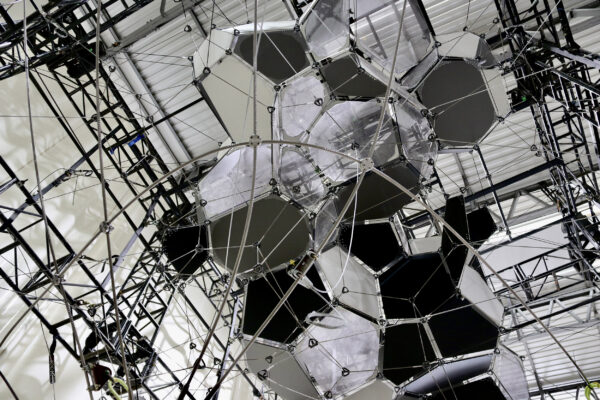
Our approach is proven, and we know it has value. If you have a concept that you’d like help with, get in touch and we’ll explore it together.
